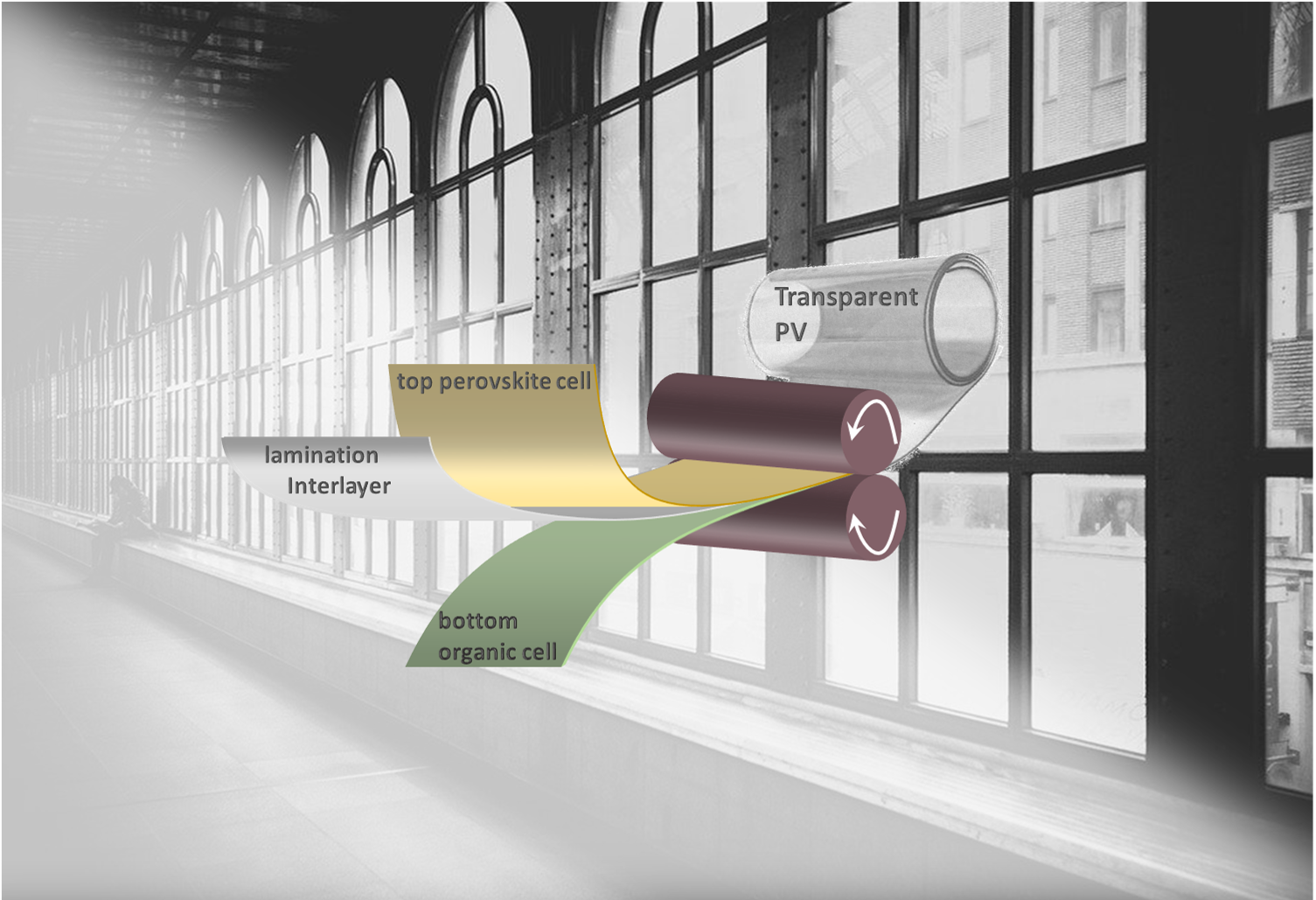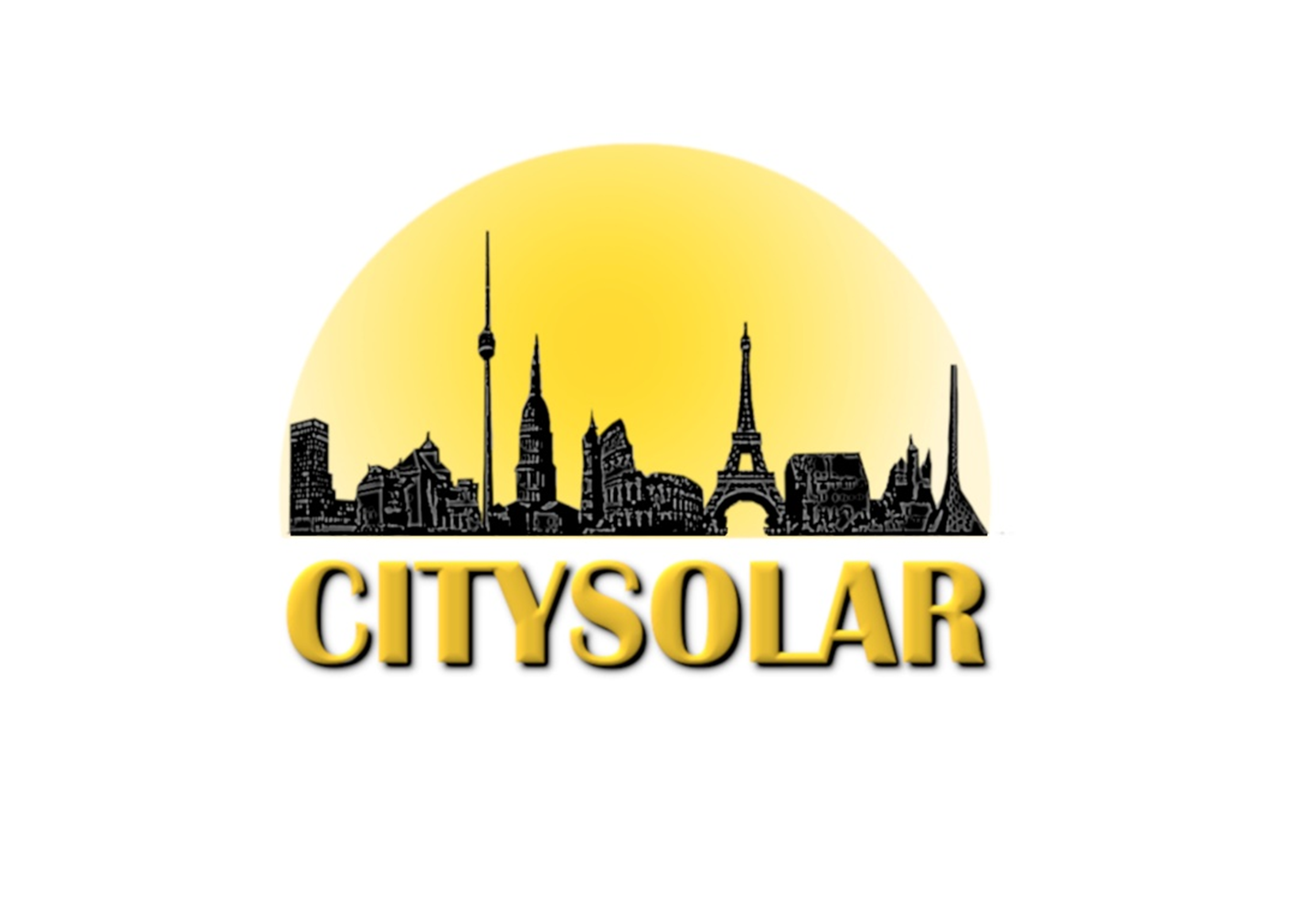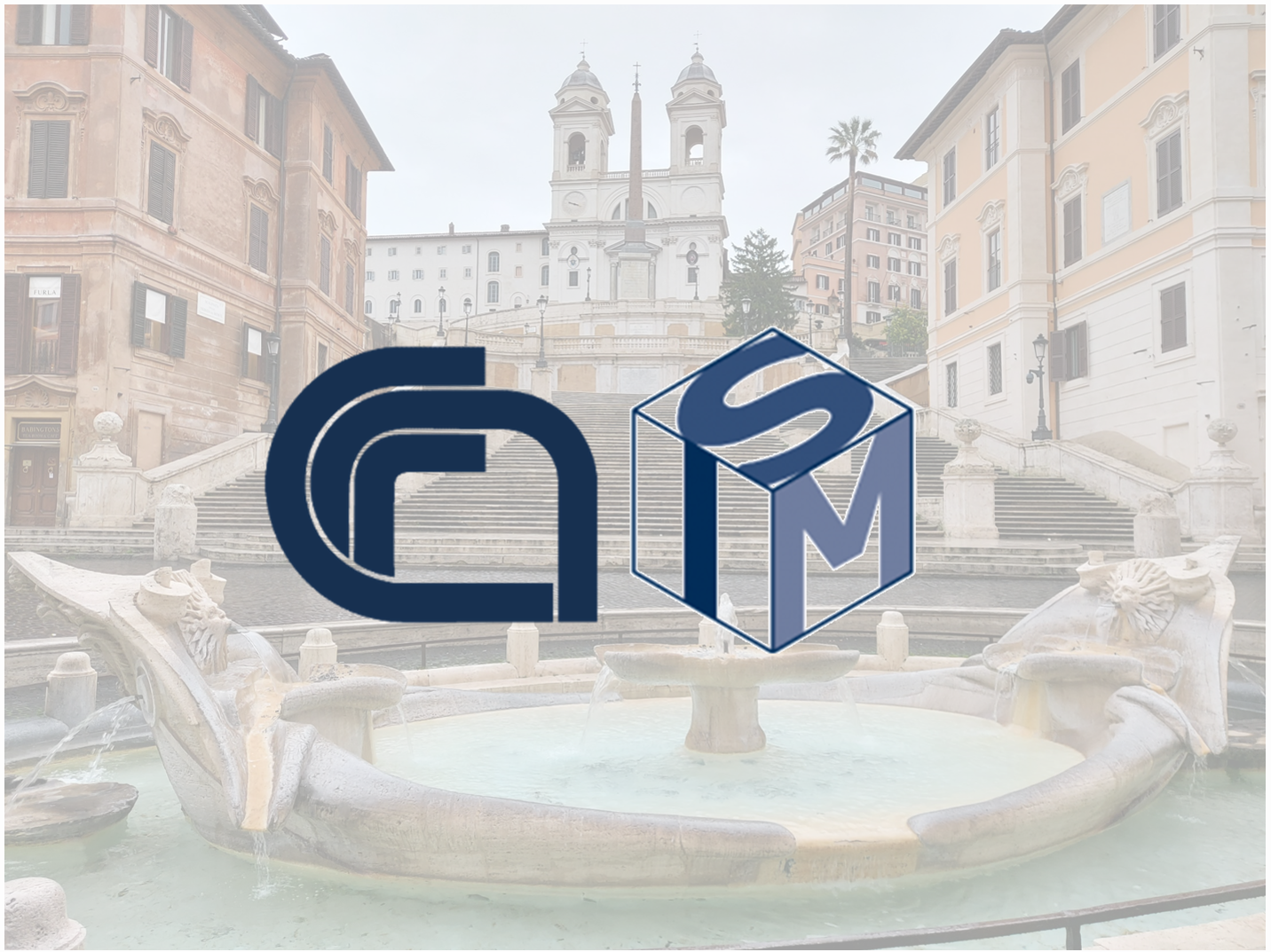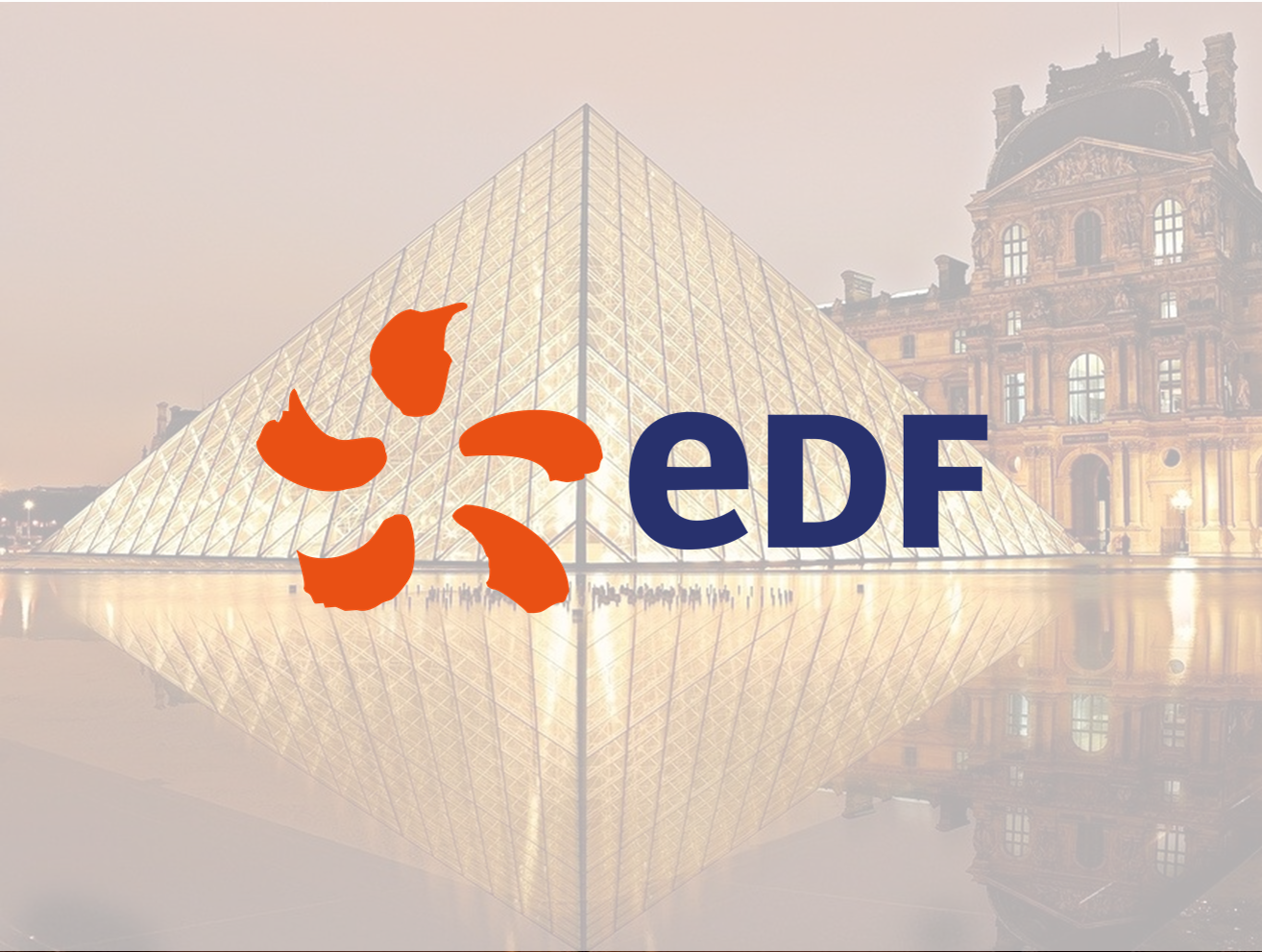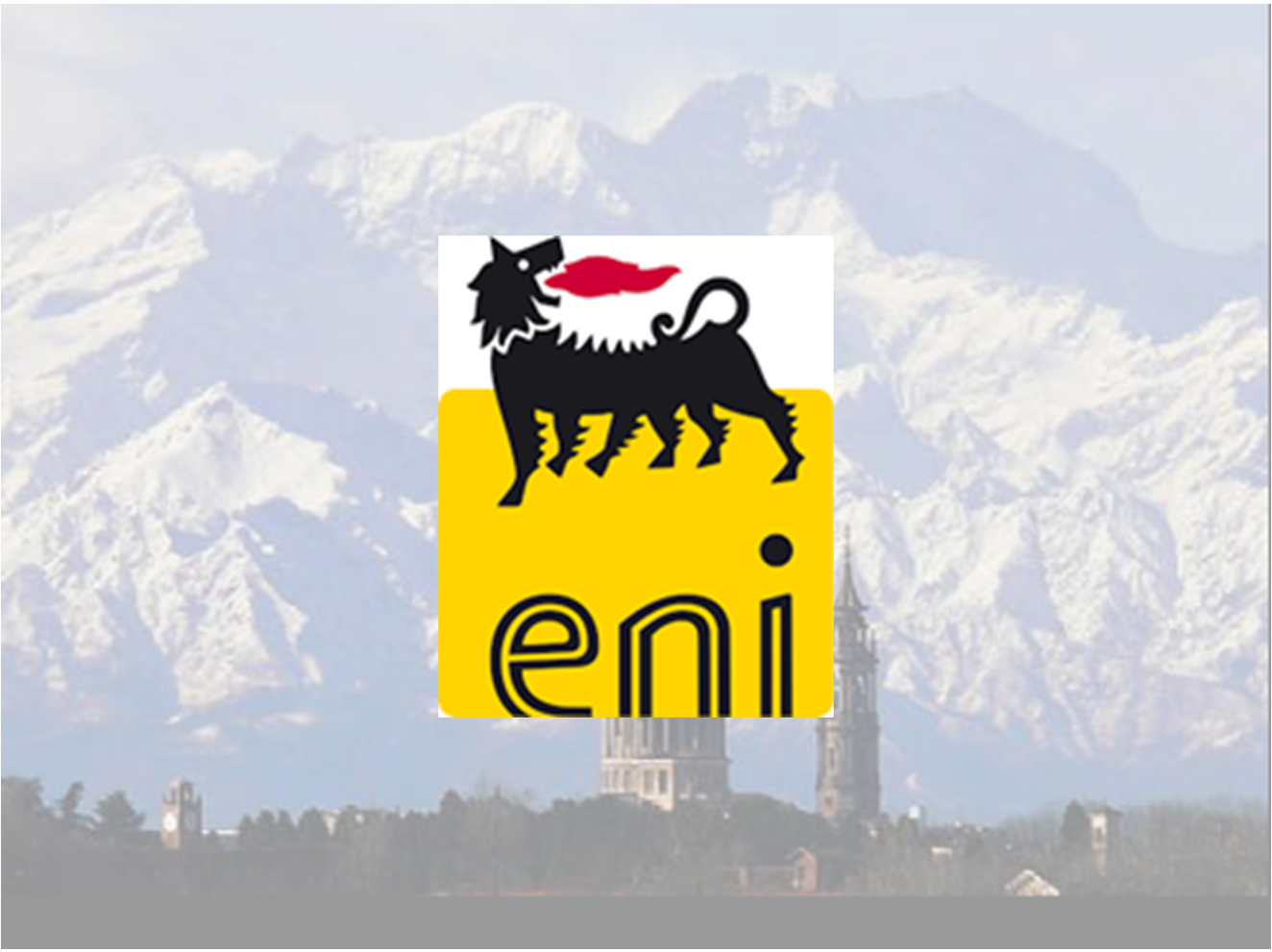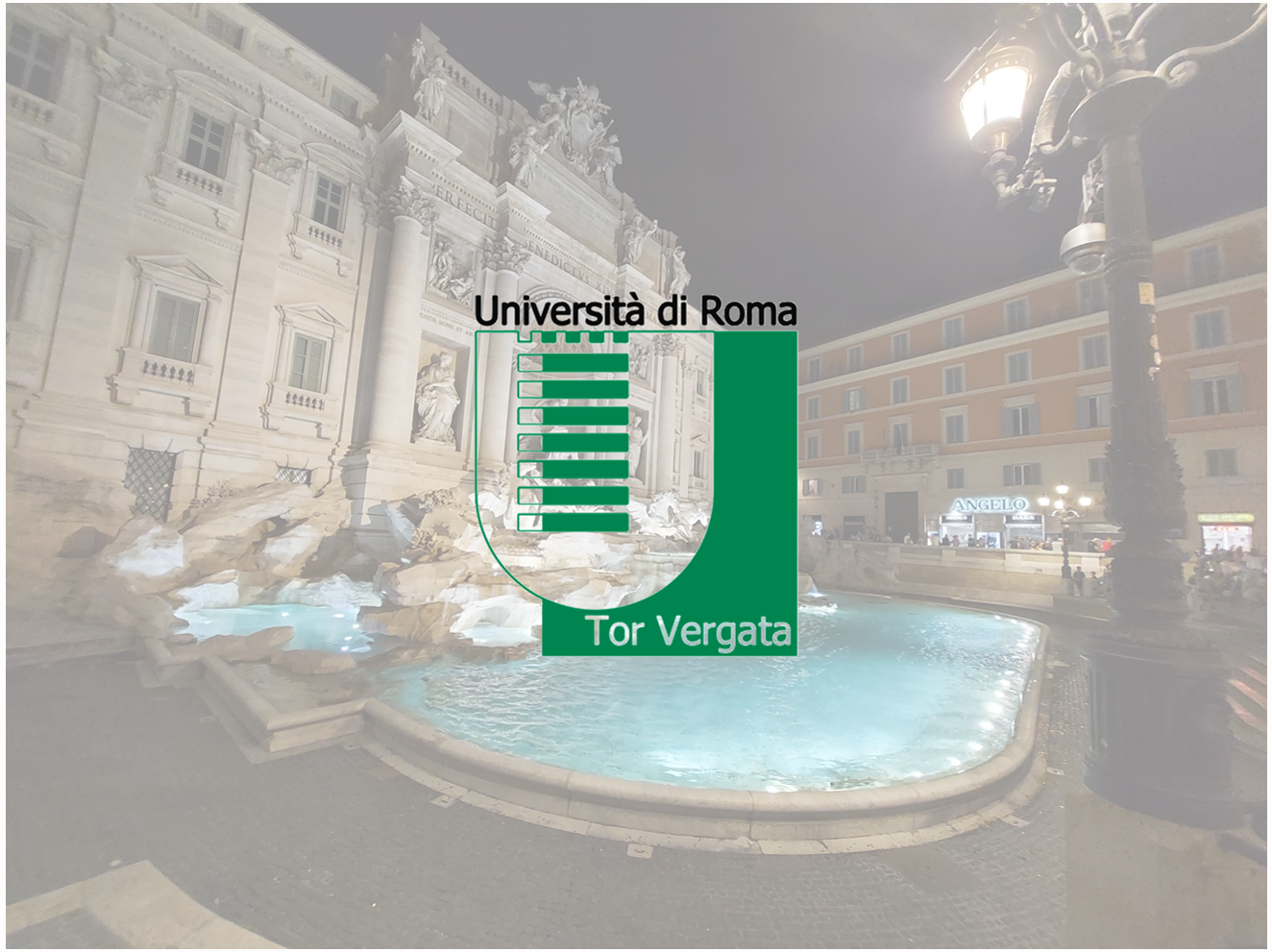Why transparent photovoltaics?
The request for clean energy provided by renewable sources, and in particular photovoltaics (PV), is growing rapidly (above 50 TW by 2050) pushed by the urgent actions to counteract climate changes . The pervasive use of renewable energy, from utility scale to local energy-harvesting is a prerequisite for a global paradigm change in sustainable power sources. One of the best strategies to facilitate this paradigm-change is to integrate photovoltaics in objects and in particular in buildings, by embedding the energy sources into the building skin without impacting the architectonical requirements. For this reason, transparent photovoltaics (TPV) plays a fundamental role in the full acceptance of Building Integrated PhotoVoltaics (BIPV), and in general in modern architecture. Transparency impacts on light harvesting, and for this reason conventional photovoltaic technology cannot afford such a requirement. However, recent development in III-generation photovoltaics, namely high band gap Perovskite Solar Cells (PSCs) and low band gap, fullerene free, organic photovoltaics (OPV), open the way to harvest portions of the solar spectrum that reduce the impact on the visibility of windows. Such advanced development of photovoltaics requires specific research that addresses efficiency, transparency, and colour tuning on equal foot.
How do we do?
The multijunction CITYSOLAR technology is based on a top Near UltraViolet (NUV) halide perovskite and a bottom Near InfraRed (NIR) polymeric photovoltaic cell, exploiting advanced concepts of light management such as photonic crystals, nanophotonics and photon recycling. The photovoltaic modules will be fabricated independently on rigid or flexible substrates and then laminated together with proper interlayers to fabricate a 2 terminal multi-junction structure. This approach, that extend the wafer bonding technique used for highly efficient multijunction cells in space applications, permits to fabricate top (bottom) cell/module without manufacture constraints imposed by the bottom (top) cell/module, simplifying enormously the device fabrication. In this context, the lamination process represents a crucial step, which should guarantee optical transparency, mechanical strength, and electrical connection. The innovative Transparent PhotoVoltaic (TPV) concept will be demonstrated also at the module level on an area larger than 100 cm2. The 2T configuration will be realized by employing an innovative scheme called MOLBAC, which solves the issues related to the balancing between the top NUV absorbing module and the bottom NIR absorbing module. The transparent large area module will be integrated on a BIPV element and its functionality will be demonstrate
The consortium
CITYSOLAR brings together world-leading European academic and industry players, some with key intellectual property, together with two non-EU partners belonging to Mission Innovation countries specialized in the synthesis of advanced materials for hybrid and organic solar cells, to develop highly efficient and transparent solar cells and modules for BIPV. The CITYSOLAR breakthrough is based on a unique combination of innovative concepts that will take the efficiency and transparency of the integrated solar cell well beyond the state of art and allowing for a real exploitation of photovoltaic windows. CITYSOLAR combines a strong material innovation, a new multi-junction solar cell concept made by selective absorbers with the property to reduce the impact on the visible range, advanced light-management techniques for improving efficiency without impacting on the transparency, and an innovative integration among the cells and between the cell and BIPV window glasses. All this development will be supported by state-of-the-art multiscale characterization and modelling activities, and its sustainability from life cycle and industrial point of view will be assessed by the SMEs and Large enterprise partners of the project.
